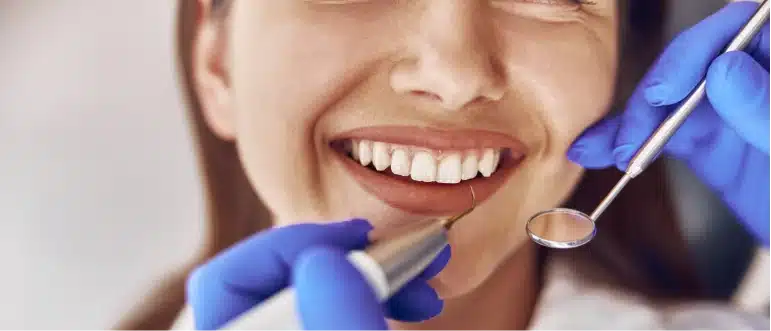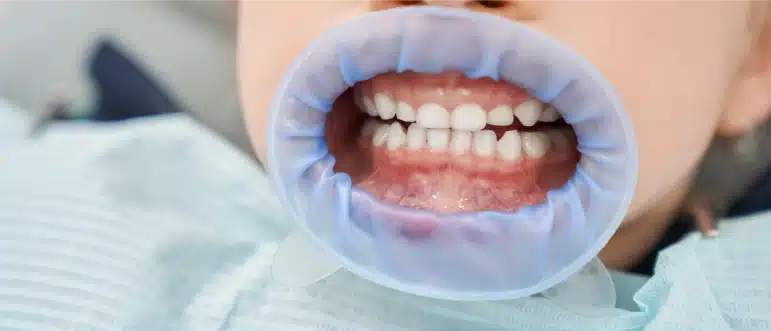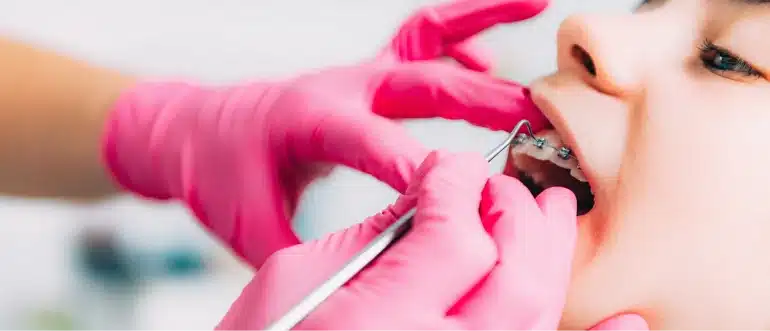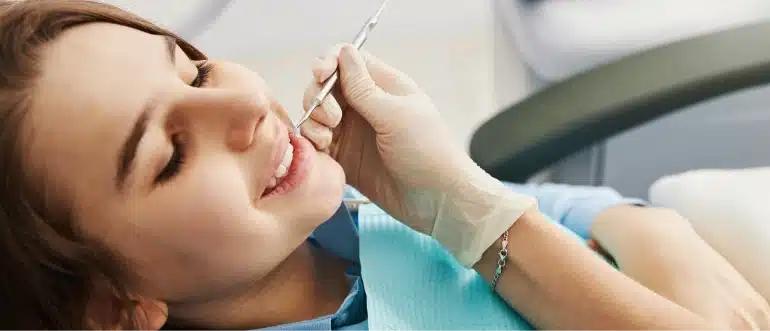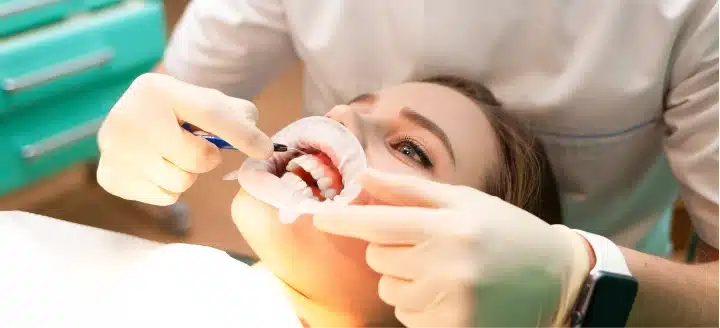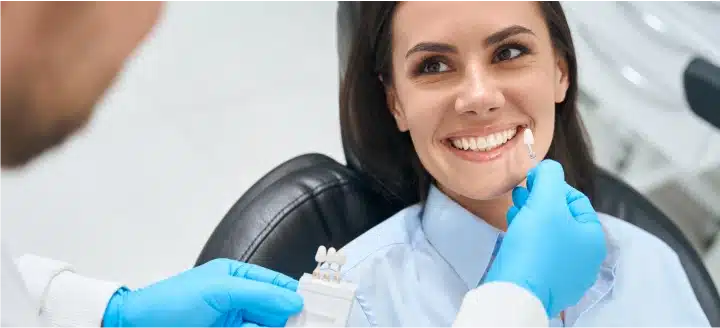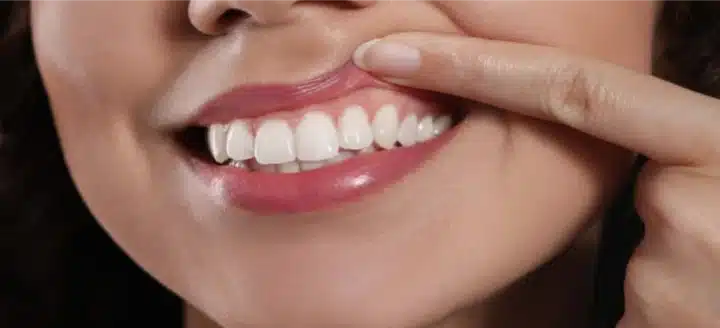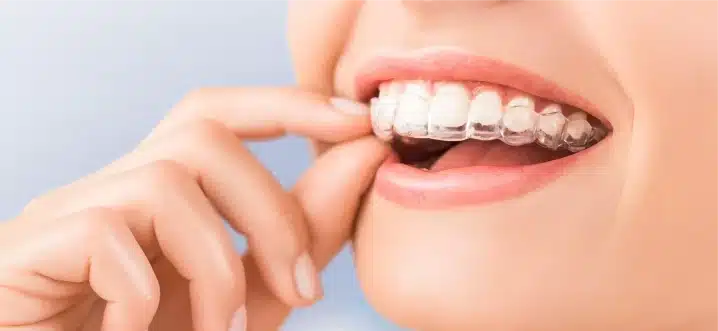Dental cleaning is crucial for optimal oral health, leaving your teeth feeling refreshed and your smile dazzling. However, the journey to a healthier mouth doesn’t end with the skilled hands of your dentist or hygienist. The period after a dental cleaning is equally vital as it sets the stage for the longevity of clean, polished teeth and good oral health.
By understanding and adhering to proper dental cleaning aftercare, you can extend the benefits of your treatment and pave the way for a radiant, healthy smile.
Foods to Avoid After Professional Dental Cleaning
Dental cleaning and routine oral checkups are a must for good oral health. After a professional teeth cleaning, it’s essential to be mindful of your food choices to maximize the benefits of the treatment.
Here’s a guide on what foods to avoid after professional dental cleaning –
1. Sticky Or Chewy Foods
These foods can stick to teeth and gums, making it challenging to remove them through regular brushing or flossing. This can lead to increased plaque and the potential for cavities.
Refrain from eating things like Caramels, toffees, chewing gum, and sticky candies.
2. Spicy Foods
Spicy foods can irritate the gums and any sensitive areas in your mouth post-cleaning, potentially causing discomfort and inflammation.
Avoid eating hot peppers, spicy curries, and dishes with intense spices.
3. Very Hot Or Very Cold Foods
Extreme temperatures can trigger tooth sensitivity, especially if you have just had a dental cleaning. This discomfort may persist, hindering your overall oral health.
Don’t indulge in ice cream, hot soup, iced drinks, and extremely hot beverages.
4. Acidic Or Sour Foods
Acidic foods can erode tooth enamel, making teeth more vulnerable to decay and sensitivity. This is particularly crucial after a dental cleaning when enamel may be temporarily weakened.
Limit the intake of Citrus fruits (oranges, lemons), tomatoes, pickles, and vinegar-based foods.
5. Highly Pigmented Foods
Foods with intense colors can stain freshly cleaned teeth, diminishing the bright and polished appearance achieved during the cleaning.
Refrain from berries, beets, soy sauce, red wine, and other pigmented foods to prevent teeth discoloration.
6. Sharp And Crunchy Foods
Hard and crunchy foods can pose a risk to your teeth, especially if you have any lingering sensitivity after the cleaning. They may also contribute to tooth wear and potential damage.
Avoid eating hard nuts, popcorn, pretzels, raw carrots, and similar foods for some days after the cleaning.
7. Alcohol And Carbonated Drinks
Alcohol can lead to dehydration, reducing saliva production and impacting the mouth’s natural cleaning mechanism. Carbonated drinks are often acidic and can contribute to enamel erosion.
Don’t have drinks like beer, wine, sodas, or sparkling water.
8. Large Bites Or Supersize Foods
Taking large bites or consuming oversized portions can strain your jaw and potentially lead to discomfort, especially if your mouth is still recovering from the dental cleaning.
Avoid eating extra-large sandwiches, oversized burgers, and excessively large portions of food.
Being mindful of these food choices and opting for softer, tooth-friendly alternatives can contribute to a smoother recovery. If you have specific concerns or dietary restrictions, consult your dentist, who provides dental cleaning services, for personalized advice.
Preserve Your Healthy Smile With Effective Dental Cleaning
Don’t miss the chance to experience unparalleled teeth cleaning with the best dental hygienists in Plano. Elevate your oral health with precision and dental care expertise at Pinnacle Dental.
Call us now at (972) 801-2788 to schedule your appointment to protect your beautiful smile.

